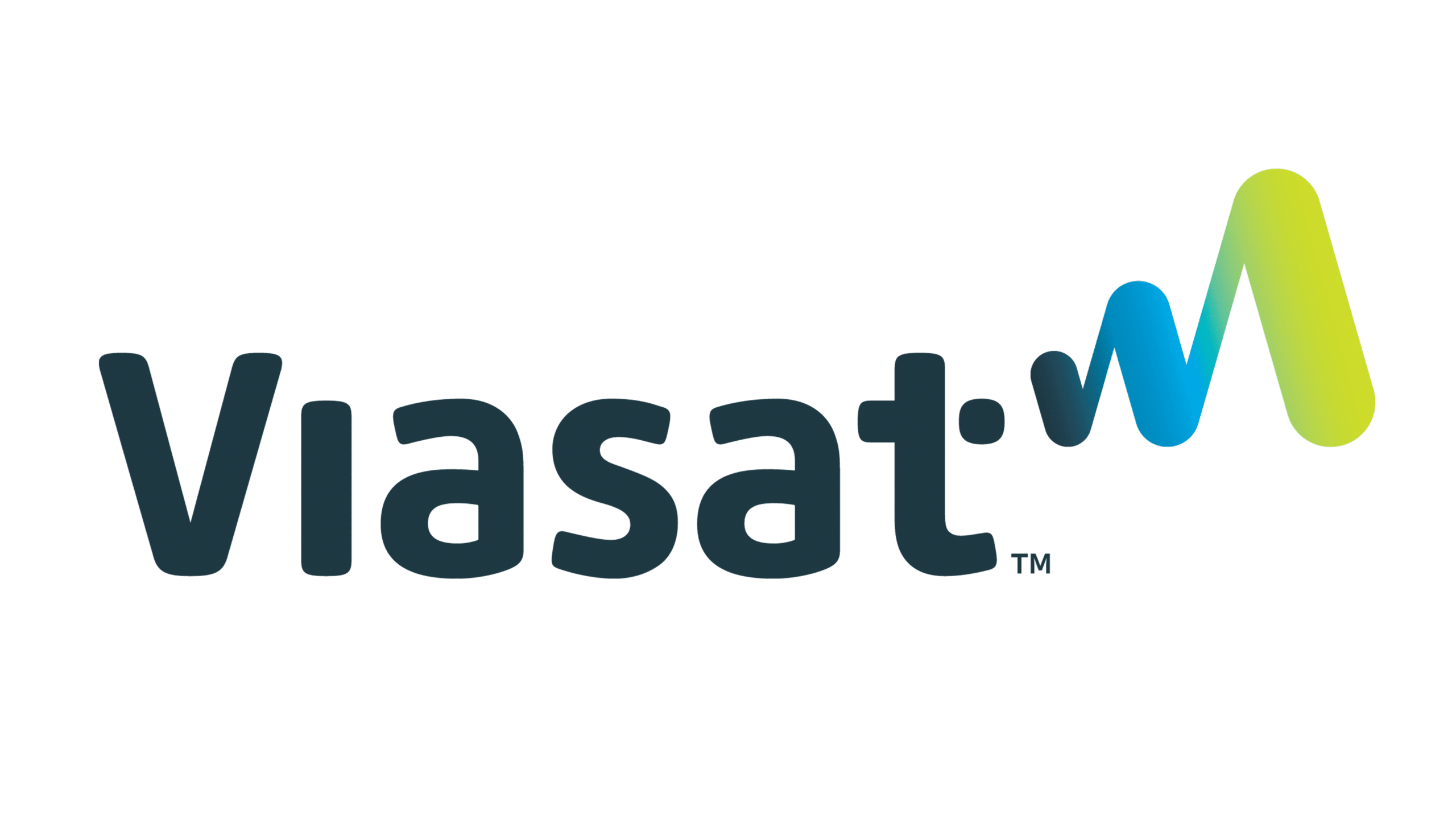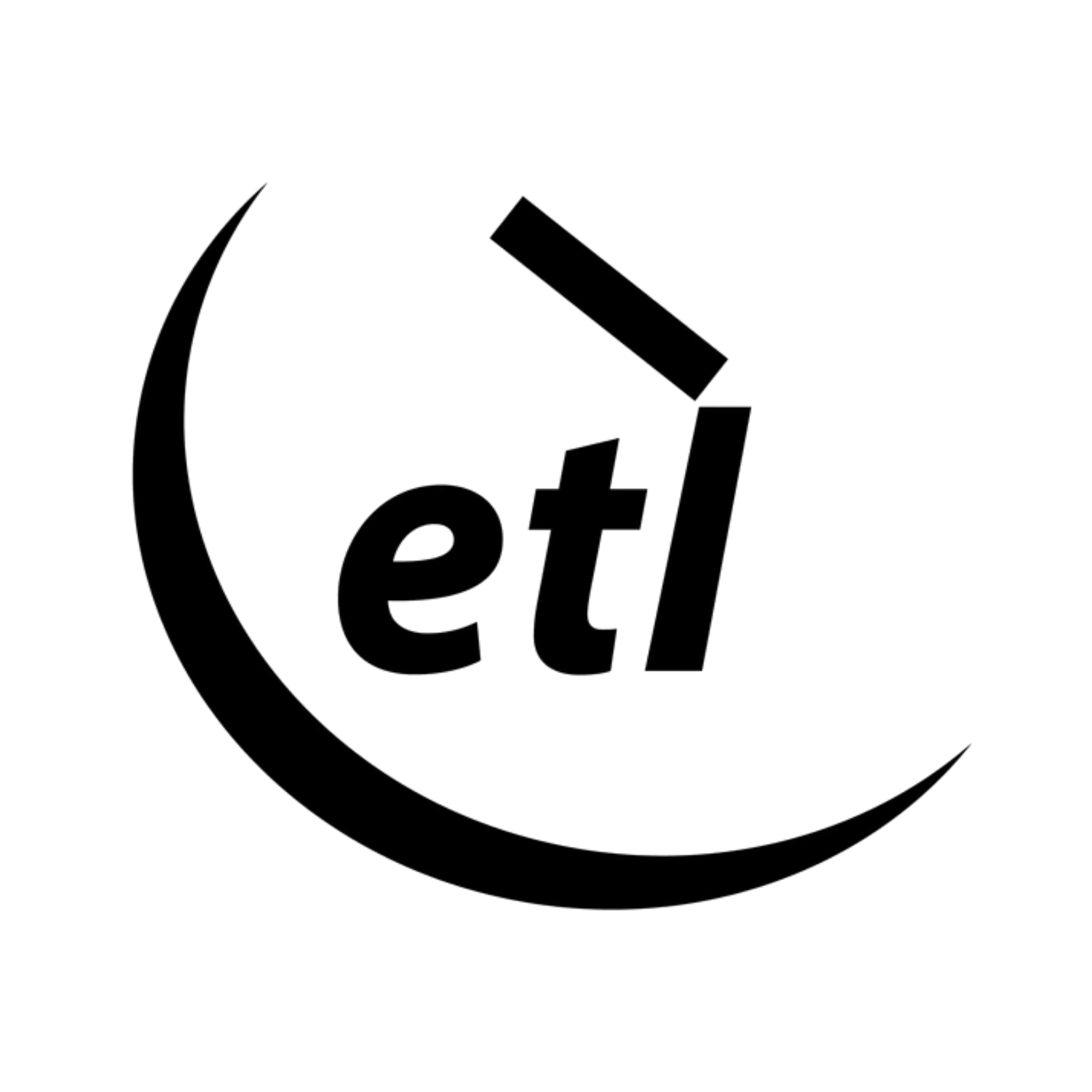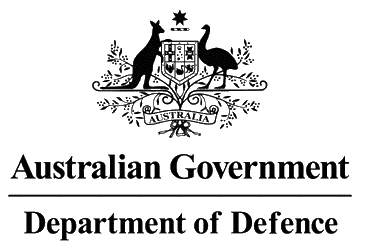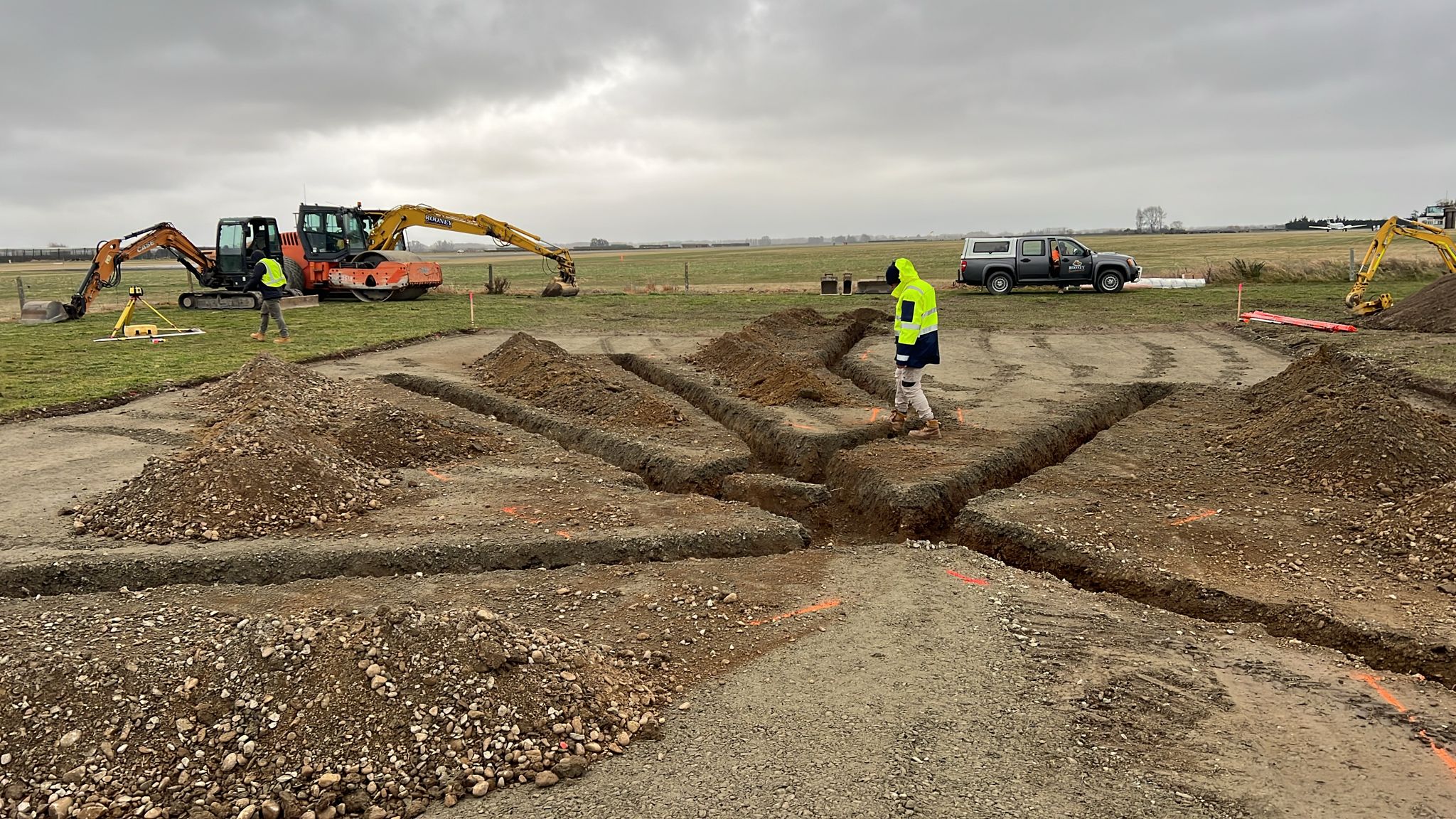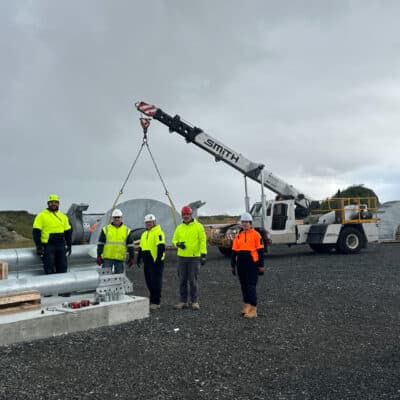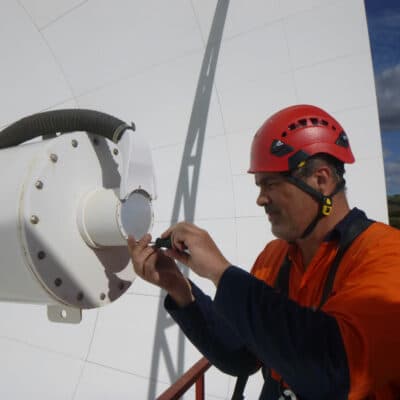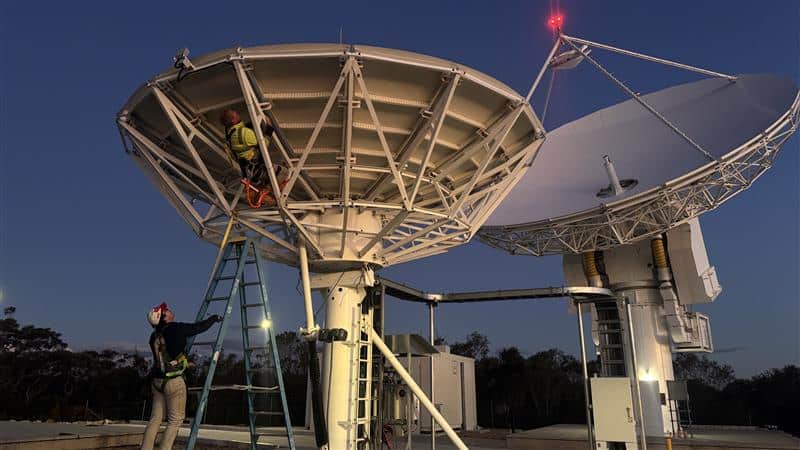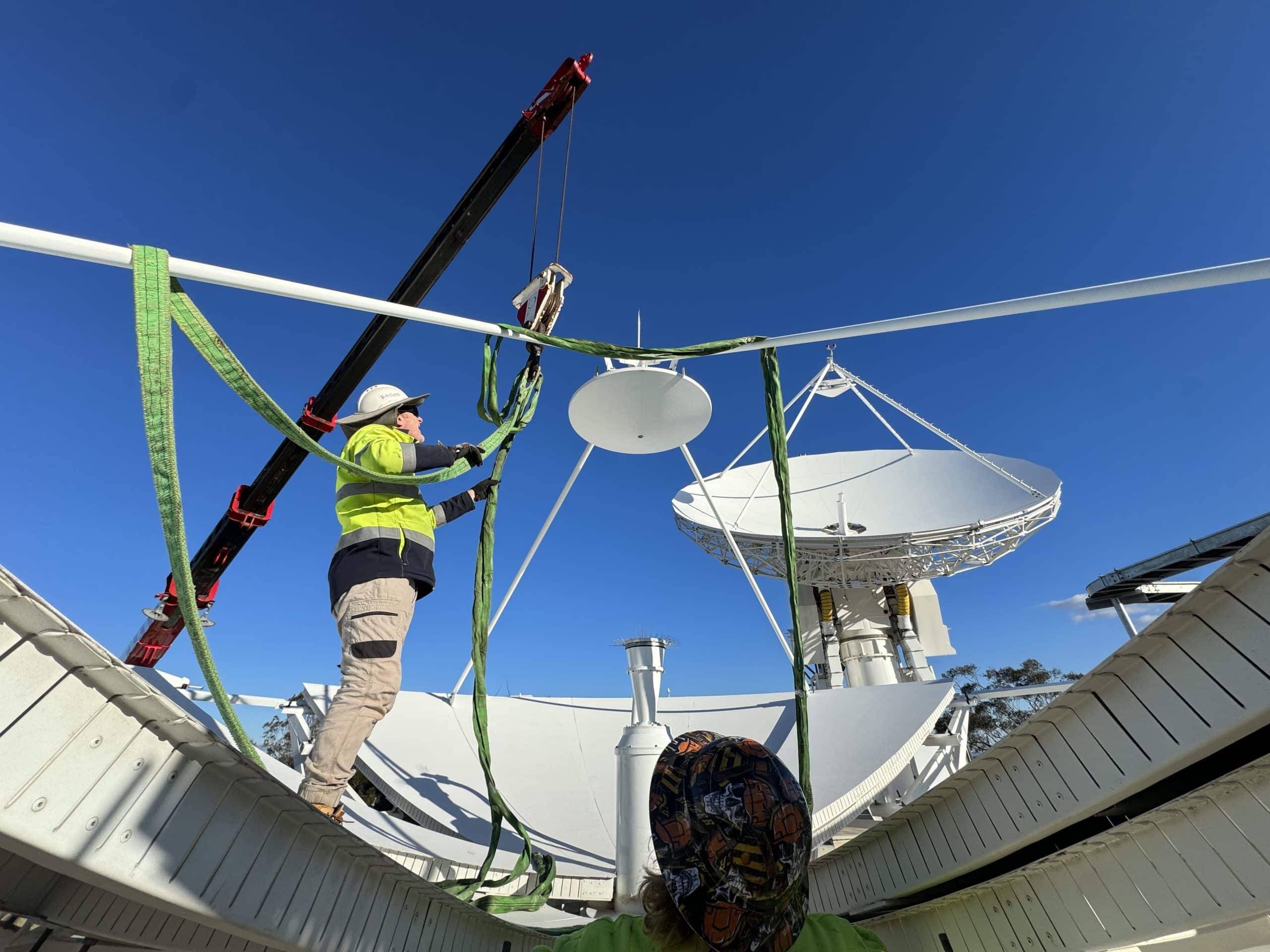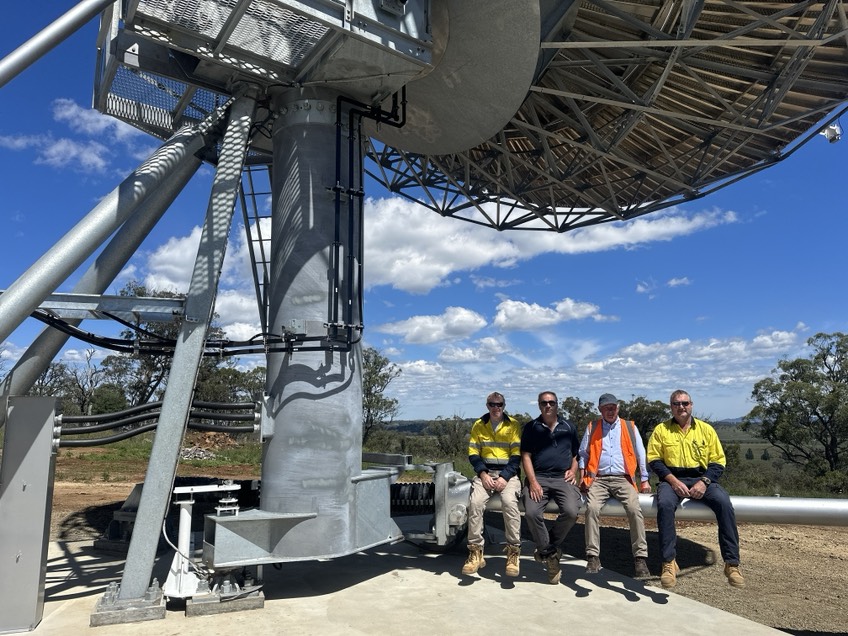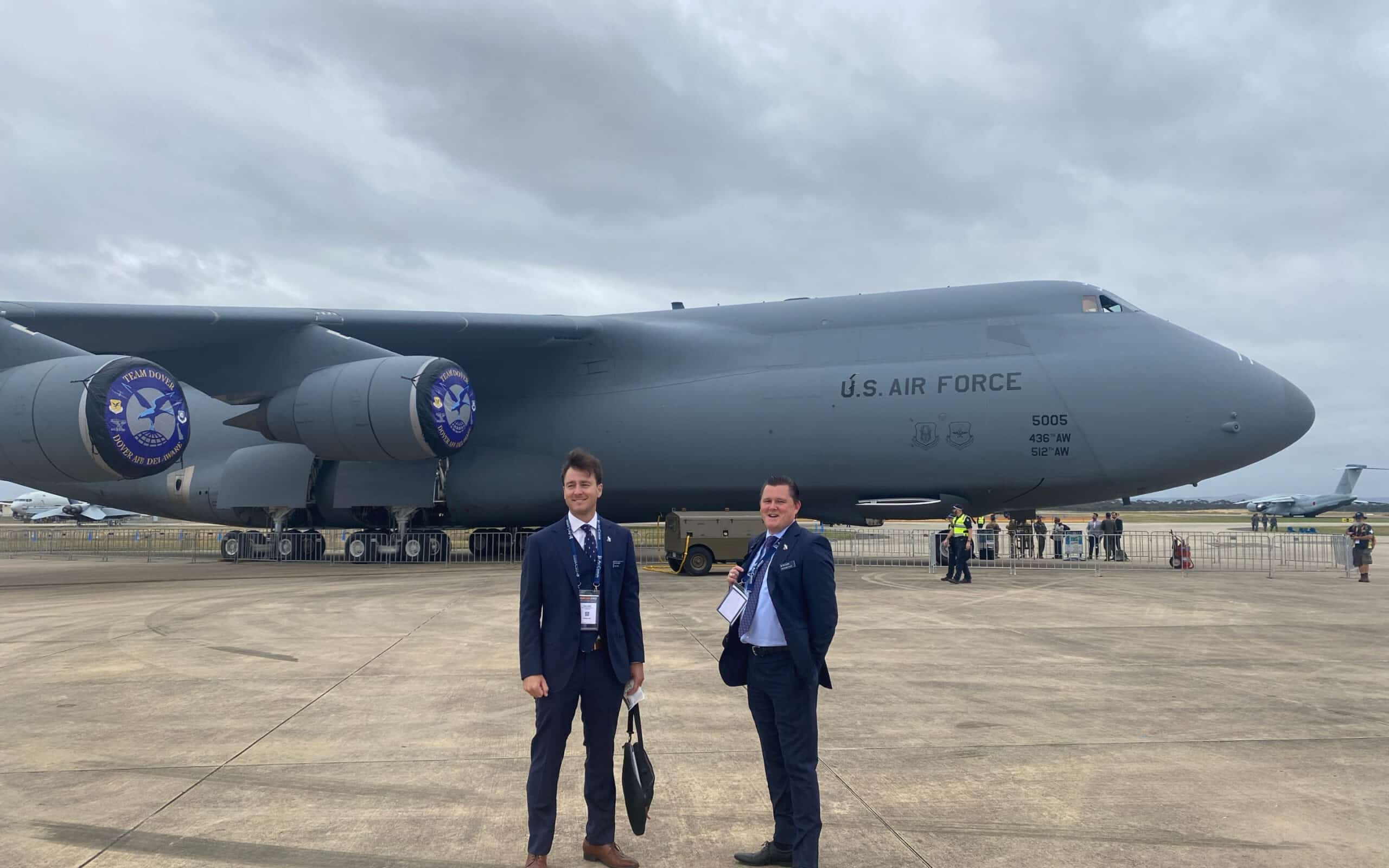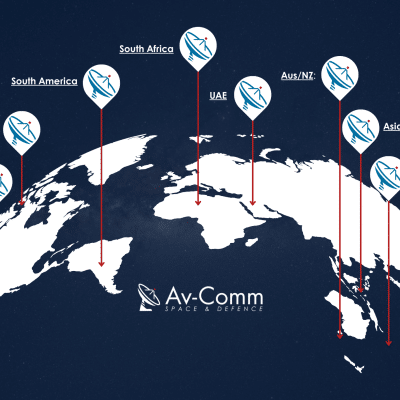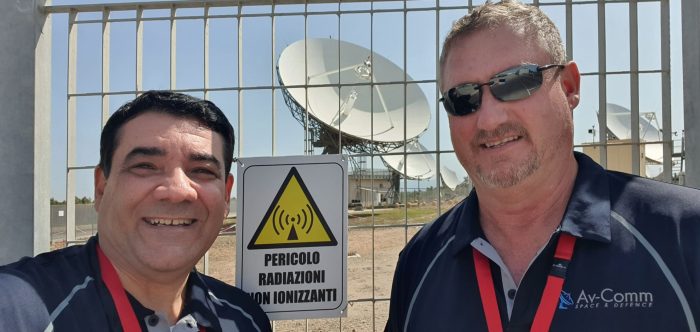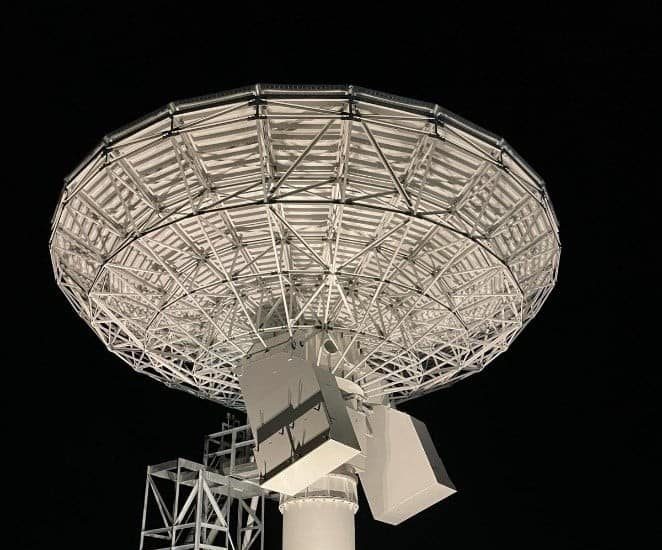
Transforming Satellite Communications: The Impact of Q/V Bands on High-Throughput Applications
The Impact of Q/V Bands on High-Throughput Applications
Introduction As global demand for satellite capacity grows, operators are increasingly turning to the Q/V bands (33–75 GHz) to support high-throughput applications. These bands offer wider bandwidths and higher data throughput rates compared to traditional bands like C, Ku, and Ka.
Market Trends Q/V bands are particularly valuable for military applications requiring real-time, secure data transmission, and for LEO and MEO constellations using high-capacity feeder links. High-throughput satellites are expanding the use of Q/V bands to enhance link capacity and reduce costs, facilitating large-scale NGSO constellation deployment.
Av-Comm’s Role Av-Comm has been instrumental in developing Q/V band communications, completing projects like the Eutelsat KONNECT VHTS constellation. The company has installed and commissioned specialised antennas in Australia and Europe, achieving high reflector surface accuracy and enabling baseline Verification and Validation (V&V) testing for frequencies above 50GHz.
Technical Challenges Using Q/V bands presents technical challenges, such as vulnerability to atmospheric effects like rain fade. Advanced signal management techniques and infrastructure upgrades are necessary to maintain reliable links. Challenges include wavelength sensitivity, advanced electromagnetic modelling, material stability, and thermal expansion.
Future Prospects Major satellite operators and defence agencies are integrating Q/V band capability into next-generation systems. Projects from companies like SES, Eutelsat, and ViaSat are pushing the boundaries of high-frequency communications. Q/V bands are expected to play a critical role in delivering secure, ultra-high-capacity communications for both defence and civilian networks worldwide.
Trusted by Global Industry-Leading Brands



